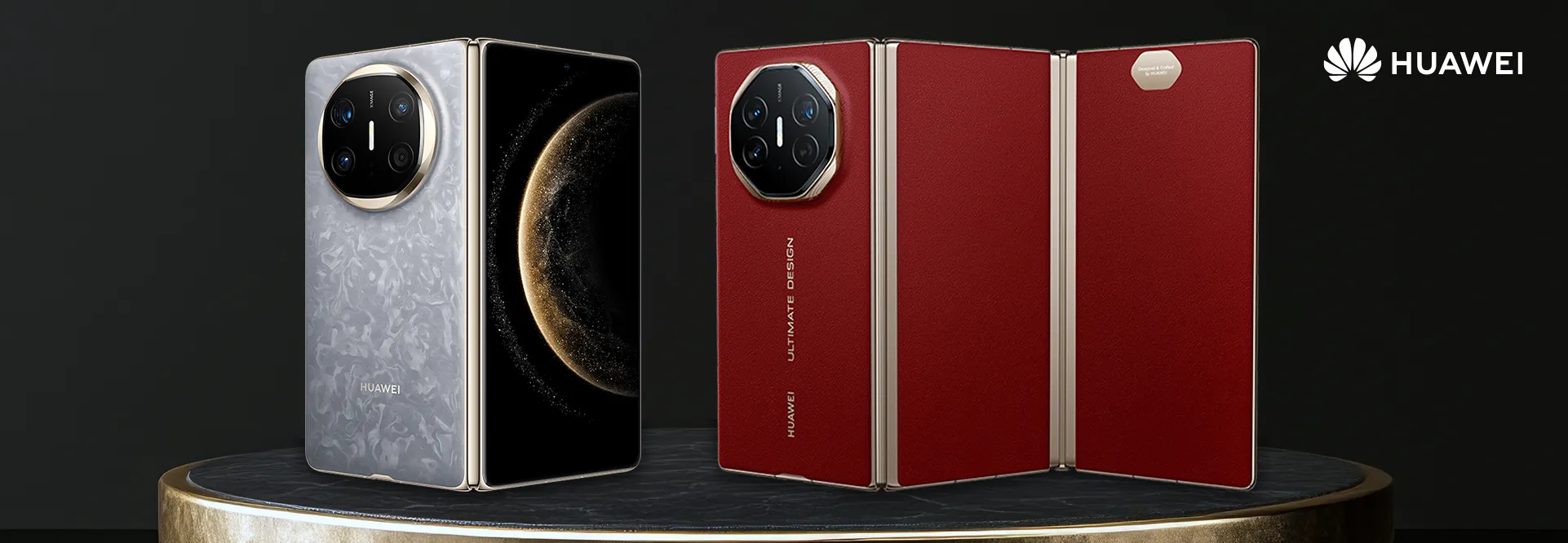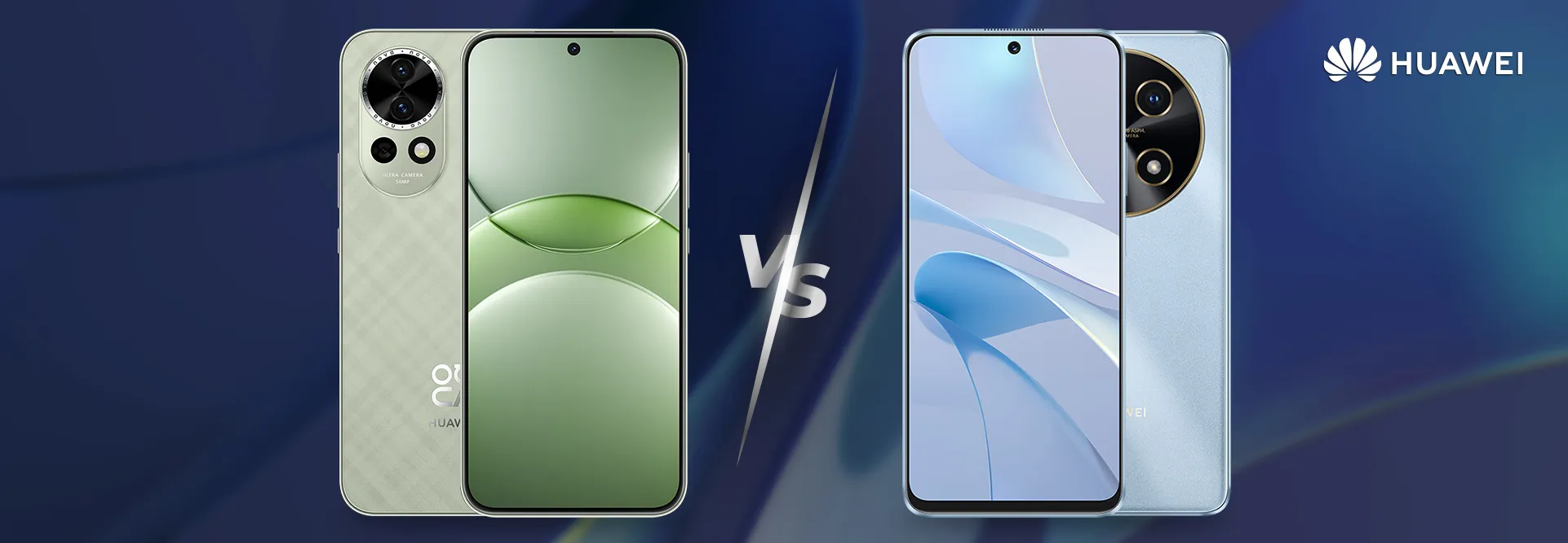How to Stay Connected During Load Shedding
Mondo Admin / 07-02-2023 / Financial News
Loadshedding has been a constant occurrence in South Africa for the past 15 years and has significantly impacted both private citizens and businesses alike. As Eskom’s electricity crisis worsens, South Africans are looking to alternative energy sources to help them keep the lights on and their devices working.
To help you out, we’ve put together a list of alternative power solutions so you can keep your devices switched on and charged up during the ever-present rolling blackouts:
Uninterrupted Power Supply (UPS)
An Uninterrupted Power Supply (UPS) is a reliable and affordable choice for backup power during loadshedding. It’s designed to shield connected devices from power cuts and unsafe output voltage fluctuations. The running times depend on the watt or kVa rate and size of the battery. A 1600W UPS is sufficient to power the lights and TV or a small laptop for a load-shedding session. A 4800W UPS can power a large household with many connected devices. If you’re looking for a top-of-the-range option, 8000W (10kVA) is optimum as it will keep the lights on and your devices running with extra steam to power a stove. Three different types of UPSs handle varying degrees of power problems. These include a basic standby UPS, upgraded line-interactive UPS, and premium online or double conversion UPS.
This type of backup power consists of rechargeable batteries, a controller and an inverter that switches to direct current (DC) when the power cuts or surges above safe voltage levels. It then inverts it to alternating current (AC) to run connected devices. You connect your devices to the UPS directly or through an extension cord. Additionally, you can hire a professional to install it via the main power board to ensure it automatically switches on when load shedding kicks in and off again once the power is back.
Estimated cost: Entry-level UPSs range from R500 to R5000, while the more advanced ones start from R6000 to around R30 000.
Inverters
An inverter is another popular way to stay connected during loadshedding. It converts direct current from external batteries into alternating current via the main power board. You can connect multiple devices at once, from laptops and mobile routers to phones, chargers, TVs and much more. Inverters are categorised according to three wave output forms, which include an affordable but lower power quality square wave, a modified sine wave for improved power quality, and the highest quality true sine wave. The best waveform can handle larger electronic devices like medical equipment. For home and office use, square wave and modified sine wave should suffice, but the power load depends on the number of devices you want to connect. Power loads for inverters start from as little as 100W capacity up to 4000W. To decide what’s best for you, add up the total wattage from all the devices you want to run at the same time.
Estimated cost: Inverters start from around R2000 and go up to around R100 000. The higher the wattage capacity, the higher the price. Additionally, you need between R6000 and R8000 for a battery.
Power Banks
Compact, mobile and convenient, power banks are effective on-the-move backup power solutions that can keep your devices running for up to 8 hours. When the batteries on your phone, router, laptop, LED lights and electronic accessories are low on power, you can plug them into your power bank for a quick charge. These portable AC power sources consist of one or more USB power points and varying battery sizes. If you want to charge many different devices, it’s best to choose a power bank with a large battery capacity of around 15000mAh or 20000mAh.
Estimated cost: Power banks with bigger batteries range from R300 to around R1000. However, for those on a budget, cheaper options start from R100.
Generators
Generators can handle most of your household or business’s electricity needs and keep most of your devices switched on. Look for a 2000W generator to power phones, computers and TVs. Generators connect to a building’s electrical system and automatically detect power outages. When this occurs, the engine starts a process that produces electrical current through copper wiring.
Estimated cost: To keep the lights on with this backup power source, you’ll need to fork out between R3000 and R10 000 on average.
Solar Power Hybrid Systems
A solar power hybrid system is the most expensive backup power solution on this list. However, if you can cover the initial setup costs, you will benefit from significant long-term savings on your electricity bill. It consists of battery power banks that work in conjunction with the Eskom grid. On sunny days, it predominantly uses solar energy to generate electricity with minimal reliance on Eskom. On cloudy overcast days, it switches over to Eskom’s power supply. And during load shedding, the hybrid system uses stored power from the batteries to run almost everything in your home or business. With 4000W (5kVA), you can run all your devices. Since South Africa experiences more than 2500 hours of sunlight a year, it’s the perfect location for solar power hybrid systems.
Estimated cost: It costs around R85 000 for 4000W and R200 000 for 12 000W. Although it’s substantial, you can save up to 80% on your electricity bill each month, and businesses can claim back about a third of the outlay from tax.
With so many ways to keep your devices switched on, you no longer have to let the loadshedding crisis keep you in the dark.





.webp)




